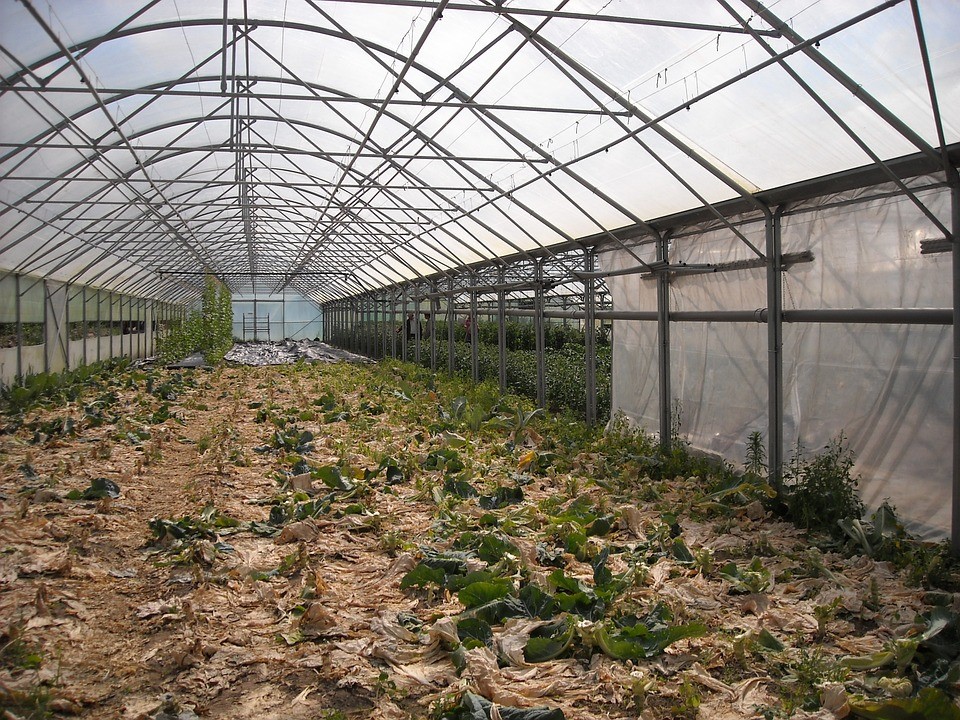Greenhouse cultivation means cultivation in plastic or glass houses, and this is done with the aim of controlling climatic factors and volatile weather conditions,
In addition to the soil and environmental needs, as well as avoiding the lack of water, soil problems and pest problems,
These houses are also called: greenhouses, greenhouses, agricultural greenhouses, or plastic houses.
Benefits and disadvantages of greenhouse cultivation
First: the benefits:
• The ability to develop elements that are not available by traditional means, or in non-seasons.
• Protection from insects and pests.
• It also provides a longer growing season.
• In addition to that, vegetables and fruits are available continuously.
Second: Disadvantages:
• It includes choosing a suitable site where it has the ability to capture sunlight during all four seasons,
As well as managing temperature and ventilation, to avoid crops dying, or trapping pests inside.
Method of cultivation
1. Preparing the land for the installation of greenhouses.
2. Start preparing the greenhouse.
3. Finally: the cultivation process.
The cultivation process is carried out by the following steps:
First: preparing the land for cultivation.
This is done by plowing the land twice at different depths to ensure that the soil does not clump, and then level and smooth it.
Second: fertilization.
Where fertilizers are added in several ways, including:
1. Mixing with soil
2. Slow-dissolving fertilizers.
3. Spraying the vegetative system.
4. Fertilization by carbon dioxide.
5. Liquid fertilizer.
Third: irrigation.
More than one irrigation system is available that can be used in greenhouses, including: surface irrigation, underground irrigation, irrigation through nutrient solutions, and sprinkler irrigation.
Fourth: growth regulators.
They are organizations that work to increase production with specific specifications, and are widely used with ornamental plants, but in general it is used with any type of plant.
Fifth: Crop scheduling and timing.
There is more than one method that affects the scheduling and timing of crops, including:
1. Heat.
2. Photoperiod.
3. The intensity of lighting.
4. Also the confusion.
Sixth: Disease and pest control.
There are several steps you need to follow to control diseases and pests:
1. Cultivate as much as possible in sterile soil
2. Dealing with seeds with recommended and suitable national pesticides.
3. Cultivation of disease-resistant varieties.
4. Buy seeds from reliable sources.

